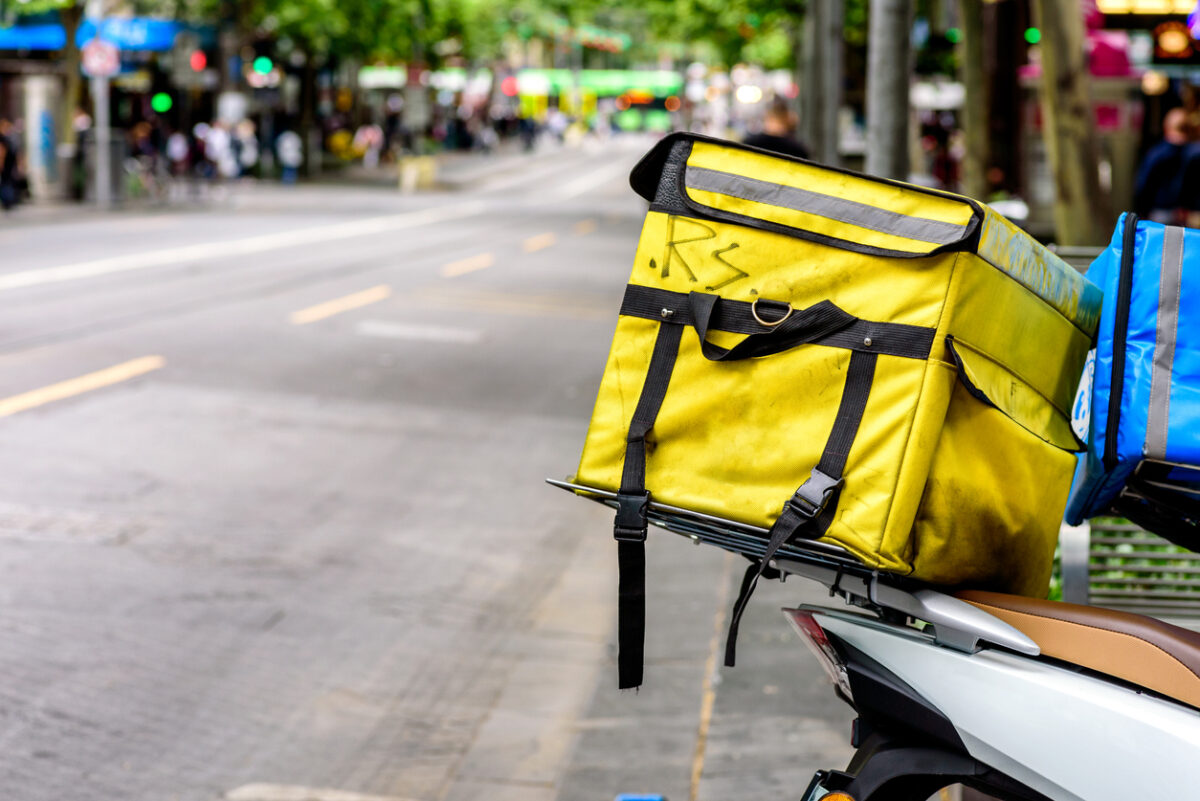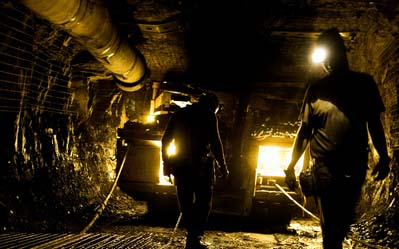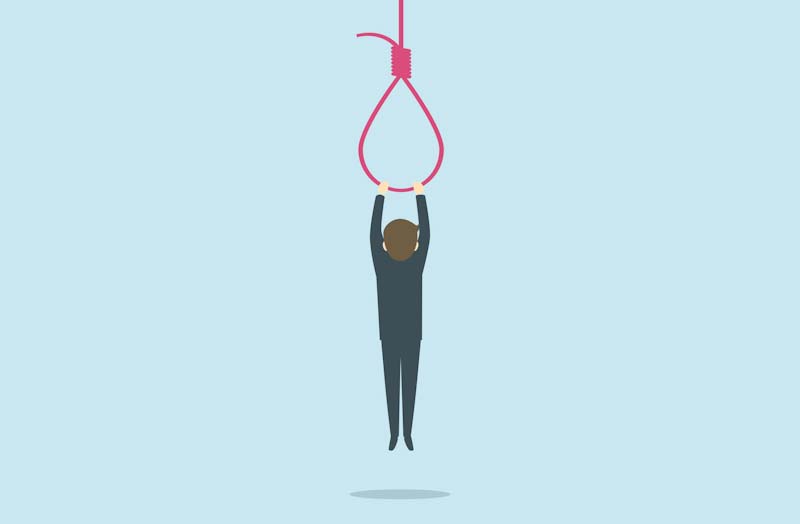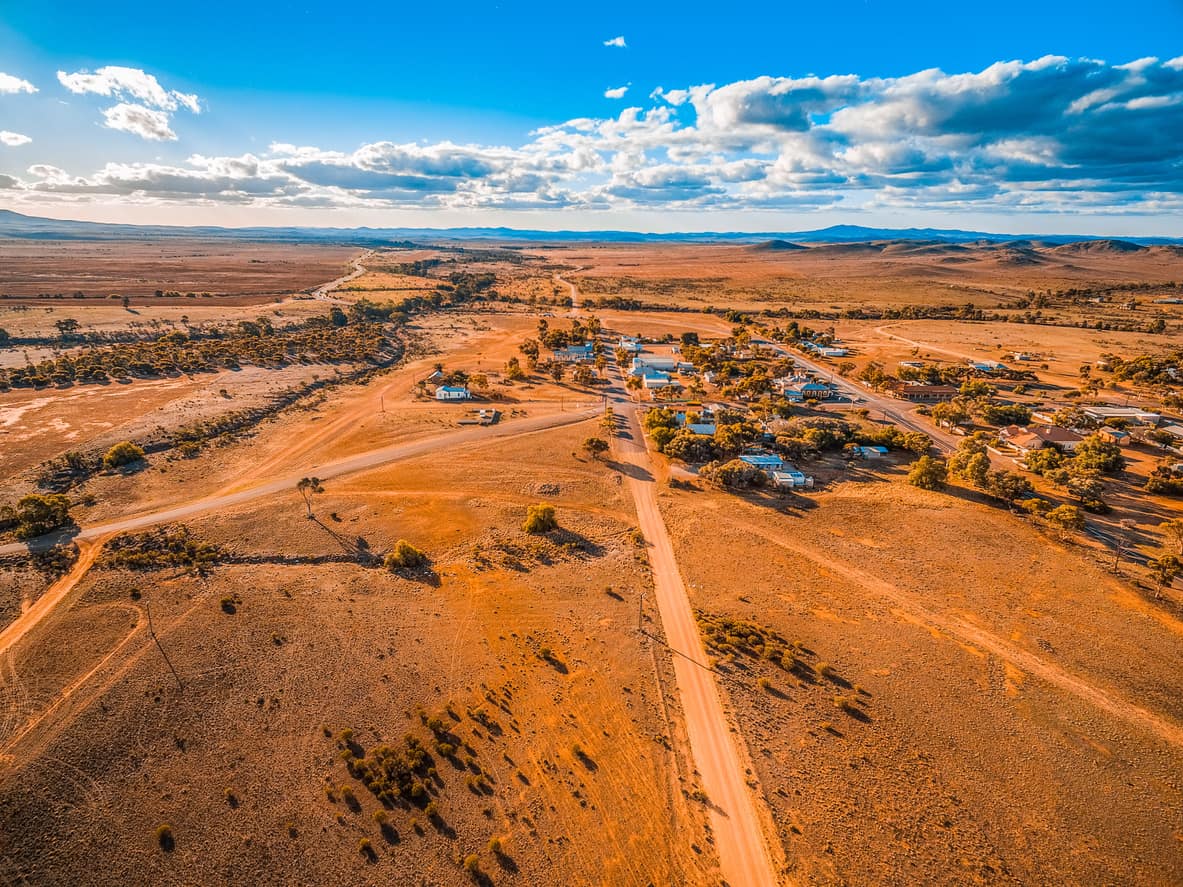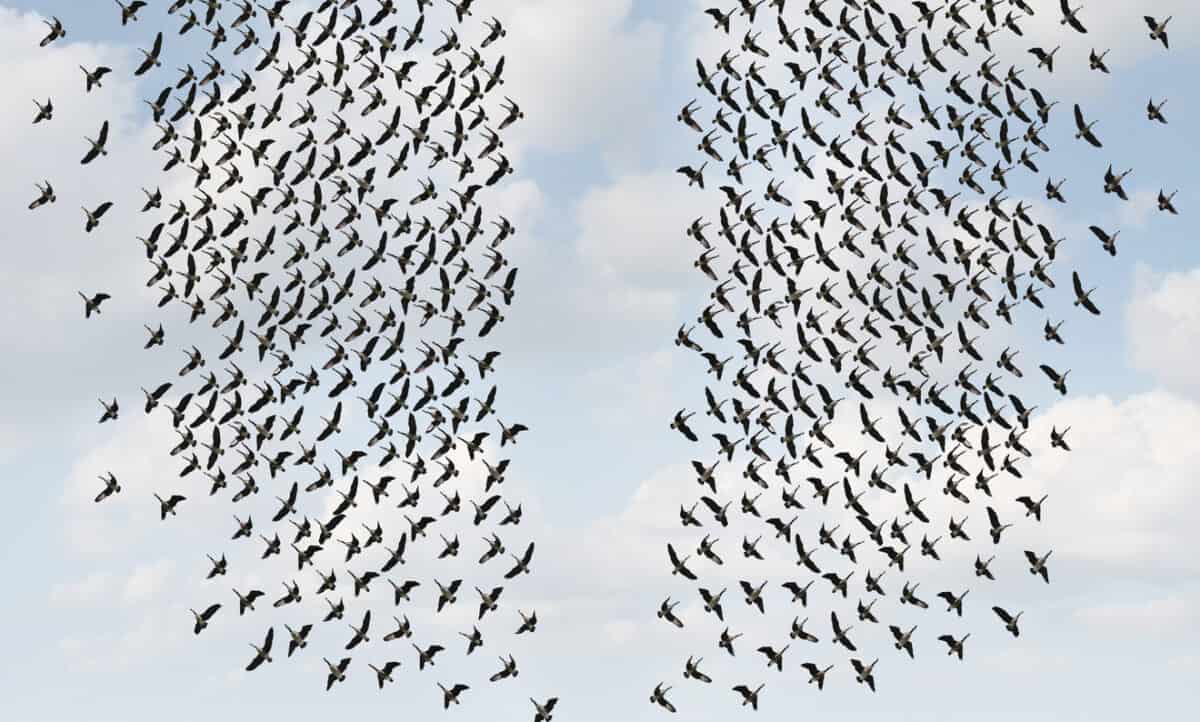In the Weekend Australian newspaper, workplace relations journalist Ewin Hannan reported on a presentation (paywalled) made by the Employment and Workplace Relations Minister Tony Burke to the Attorney-General’s Department staff. (Safe Work Australia, currently, exists in this department) From Hannan’s report, the focus seems to have been on industrial relations but it’s useful to consider Minister Burke’s words from an occupational health and safety (OHS) perspective given that it is highly likely that Safe Work Australia personnel were one of the “hundreds” attending or listening in. Burke said:
Category: ethics
Expand “Safety Differently” to “Work Differently”
Occupational health and safety is as much at risk of hypocrisy as any other business element. Perhaps moreso as it is full of trite cliches. Many people find it easier to identify hypocrisy when it is shown by others and Australian media company SBS provided an example recently.
According to an article in The Age newspaper on June 26, 2002 (not yet available online, image below), SBS had commissioned an independent production company, Fell Swoop Pictures, to produce a series about the exploitation of food delivery gig workers. This is a legitimate topic for depiction, especially after five food delivery workers were killed in Australia recently over a short period of time. The income levels of this type of worker have been a feature of many of the concerns raised by trade unions and others, and that has been highlighted in several formal inquiries into the industry sector.
Sadly Fell Swoop Pictures promoted the opportunity to be an Extra in a series about exploitation without the Extras being paid!!
New Hopkins book aimed at CEOs
Professor Andrew Hopkins‘ latest book “Sacrificing Safety – Lessons for Chief Executives” complements Queensland’s Board of Inquiry into the Grosvenor mine fire in which five workers were severely burnt, a significant workplace incident for which the company, Anglo American, will not be prosecuted. Hopkins explains that the Board of Inquiry chose not to investigate the organisational causes of the incident; a situation this book seeks to redress.
The book starts with a bang in the Introduction, with a paragraph that will stay with me for some time due to its blunt honesty:
Not all suicides have a mental health condition
Most suicide prevention conferences I have attended have been dominated by mental health analyses, strategies and spruikers. The slow change in that dominance began around Professor Allison Milner’s research in 2018 and her questioning of the evidence of a mental health base but stalled with her untimely death a year later. A recent research paper in the American Journal of Preventive Medicine may be the spark to reignite the discussion on suicides that do not have a mental health connection.
Another attack and death of a remote area nurse
In 2008 a remote area nurse was raped and assaulted in her work-related residence in Mabuiag Island in the Torres Strait. More recently, South Australia had a similar incident – the rape and murder of nurse Gayle Woodford while working on-call alone. Both have resulted in inquiries by Coroners, Departments of Health and others, with similar outcomes, primarily that these incidents could have been prevented.
The recent outrage around Woodford’s death was that SafeWorkSA investigated and decided not to proceed with a prosecution of her employer Nganampa Health Council (NHC). The Coroner had already investigated Woodford’s death and found significant deficiencies in the NHC’s management systems and practices. Understandably questions have been asked in the South Australian Parliament, questions that raise important occupational health and safety (OHS) issues.
Cooperation, duty of care, jail, death and a simple message
The details of the death of disabled woman Ann Marie Smith are horrific. (Readers can look them up online but be warned that they are confronting) Last week the South Australian police (SAPol) charged two directors of Integrity Care SA, Amy June Collins and Alison Maree Virgo, and the company itself with criminal neglect causing death and failing to comply with a health and safety duty of care, according to one media report.
There are many occupational health and safety (OHS) lessons from Smith’s death, but one of particular note is that the South Australian Police and SafeWorkSA conducted a joint investigation. Deputy Commissioner of Police Linda Williams said, in a media release:
Does OHS research have a Left and a Right?
Occupational health and safety (OHS) has had an uneasy ride in political debates in Australia, often because there is a disturbing morality in laws that dictate an employer has responsibility for the safety and health of their workers, even if legal wriggle room is allowed. There is no written history of OHS in Australia except within the confines of Industrial Relations, if it gets mentioned at all.
Recently I engaged in a conversation with a professional colleague on LinkedIn (I know, didn’t your Mother always say not to engage with people on social media? Well, this is a blog so….). That colleague made some odd political statements.


